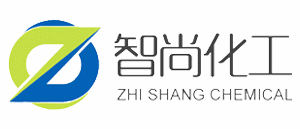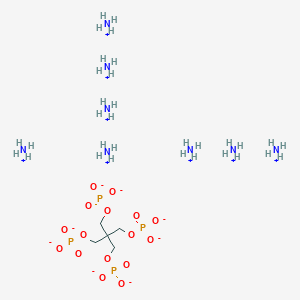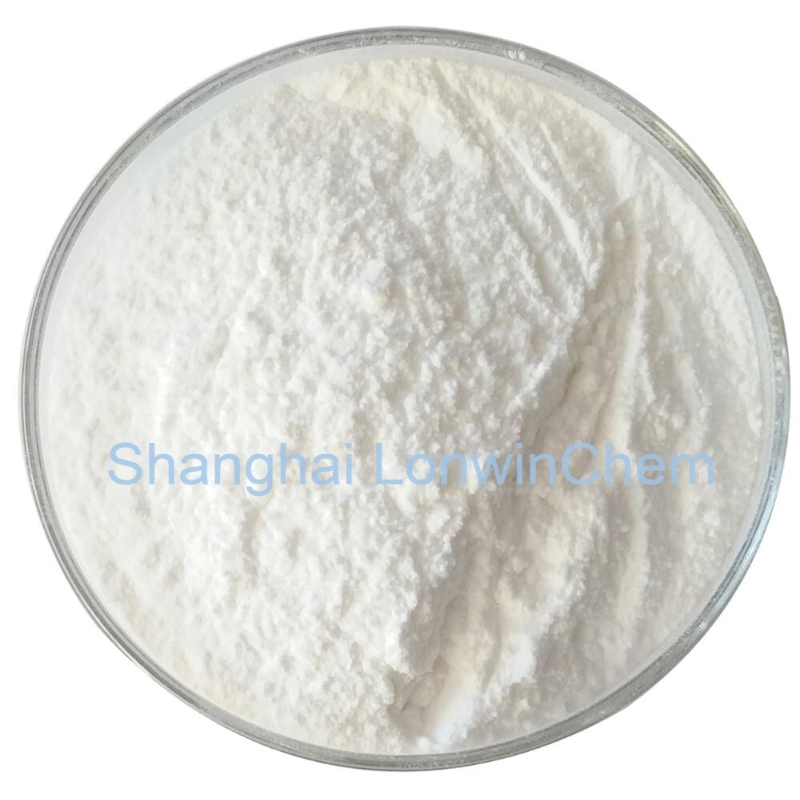DE


2,2-Bis(brommethyl)propan-1,3-diol 3296-90-0
1 Anfragen
3296-90-0
Industrietauglich
98%
Shanghai
25 kg/Beutel
2023-08-31
Dichlormethan,Linocainhydrochlorid
Produktbeschreibung
Informationen der Verkäufer
Anfrageverlauf
- BeschreibungBasisinformation
- Produktname:
2,2-Bis(brommethyl)-1,3-propandiol
Anderer Name:1,3-Propandiol,2,2-bis(brommethyl)-; 2,2-Bis(brommethyl)-1,3-propandiol; Pentaerythritindibromid;Dibromonopentylglycol; 2,2-Dibrommethyl-1,3-propandiol; 1,3-Dibrom-2,2-dimethylolpropan; Pentaerythritoldibromhydrin; FR 1138; 1,3-Dibrom-2,2-dihydroxymethylpropan; FR 522; NSC 9001; 1,3-Dibrom-2,2-bis(hydroxymethyl)propan
CAS-Nr.:3296-90-0
Molekulare Formel:C5H10Br2O2
InChIKeys:InChIKey=CHUGKEQJSLOLHL-UHFFFAOYSA-N
Molekulargewicht:261.94000
Genaue Masse:261.94
EG-Nummer:221-967-7
UNII:4ZHG182S25
NSC-Nummer:9001
DSSTox-Substanz-ID:DTXSID9020164
Farbe/Form:Needles from benzene
HScode:2905590090
Kategorien:
Eigenschaften- PSA:
40.46000
XLogP3:0.74720
Aussehen:2,2-Bis(brommethyl)-1,3-propandiol ist ein cremefarbenes Pulver. (NTP, 1992)
Dichte:1,977 g/cm3
Schmelzpunkt:111-113 °C
Siedepunkt:370,9ºC bei 760 mmHg
Flammpunkt:178,1ºC
Brechungsindex:1.573
Wasserlöslichkeit:In water, 38 g/L at 25 deg C
Lagerbedingungen:Keep in a cool, dry, dark location in a tightly sealed container or cylinder. Keep away from incompatible materials, ignition so
Dampfdruck:10 mm Hg ( 178 °C)
Henry-Konstante:Henry's Law Konstante = 4,06X10-9 atm-cu m/mol bei 25 °C (est)
Experimentelle Eigenschaften:61% Bromgehalt; mp =109 °C /Handelsprodukt/| Hydroxylradikal-Reaktionsgeschwindigkeit konstant = 8,97X10-12 cu cm/molec-sec bei 25 °C (est)
Luft- und Wasserreaktionen:Hygroskopisch (NTP, 1992). Unlöslich in Wasser.
Reaktive Gruppe:Alcohols and Polyols
Reaktivitäts-Profil:Ein bromierter Alkohol. Brennbare und/oder giftige Gase entstehen durch die Kombination von Alkoholen mit Alkalimetallen, Nitriden und starken Reduktionsmitteln. Sie reagieren mit Oxosäuren und Carbonsäuren zu Estern plus Wasser. Oxidationsmittel wandeln sie in Aldehyde oder Ketone um. Alkohole zeigen sowohl schwaches saures als auch schwaches Basenverhalten. Sie können die Polymerisation von Isocyanaten und Epoxiden initiieren.
Beliebte verwandte Produkte
 • [Methantetrayltetrakis(methylenoxy)]Tetraphosphonsäure-Oktammoniumsalz
• [Methantetrayltetrakis(methylenoxy)]Tetraphosphonsäure-Oktammoniumsalz- • 2,6-dioxaspiro[3.3]heptan
- • 2,6-Dioxaspiro[3.3]heptan
- • Pentaerythrityltetrabromid
- • 3-Brom-2,2-bis(brommethyl)propanol
- • Hochwertiges Pentaerythrityltribromhydrin CAS NO.1522-92-5
- • ZENIPLATIN
- • Bromwasserstoff 48% Farblose transparente Flüssigkeit Zhishang
- • Bromwasserstoffsäure HBR
- • 43153-20-4



 Indien
Indien









